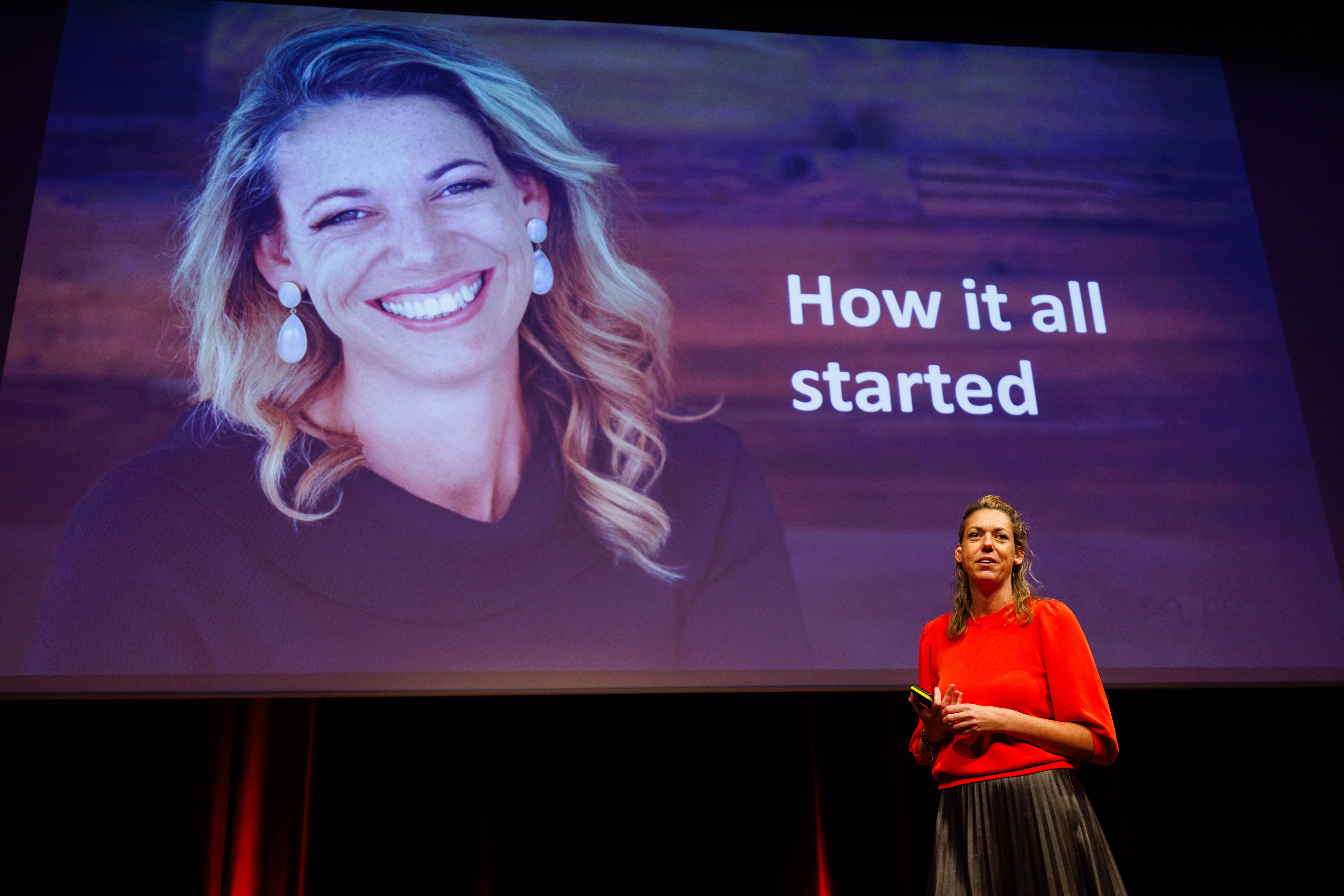
The highly developed intelligence of humans cannot be separated from language. Mimicking that means of communication plays an important role in the development of artificial intelligence. Expert Tessa Verhoef is intrigued by language as a key to artificial intelligence. As an assistant professor at Leiden University, Netherlands (Creative Intelligence Lab, Leiden Institute of Advanced Computer Science), she is very much involved in it.
“The role of language in human-machine interaction fascinates me. That’s the main goal – to use the human-human relationship as inspiration to understand how language works. We are unique in our communication.”
Humans don’t often think about it, Verhoef assures, but the ability to communicate effectively through language is an essential key to progress. “This allows us to reliably pass on crucial information from generation to generation and enables us to collaborate effectively,” she says.
“The more complicated the tasks become for computers to solve, the more important it becomes to be able to communicate naturally and to understand each other.”
Language is interaction and context
Language mastery by computers is not simply a matter of plugging in ones, zeroes and data. “That’s not how people learn, either. It’s about interaction, context and learning from previous generations. Through these processes, language adapts. The fact that language has been passed down so many times and is essentially filtered through learning brains means that language is incredibly well adapted to us. This is why learning comes almost naturally to us.”
“Children pick up language very quickly without knowing all the rules. Like a sponge. Machines are different and have a very different way of thinking. That’s why it’s interesting to investigate what a language would look like if it were well adapted to both humans and machines.”
Verhoef makes it clear that developing language is a job that has taken mankind a long time. It is therefore a huge challenge for artificial intelligence. “After all, you are trying to mimic millions of years of evolution. This can be done with computer agents, which are actually individuals, each with their own brain. They communicate with signals, which generates interaction. This is just the same as with language, which changes through the mutual exchange of information.”
Experiments with storytelling and whistling
Verhoef has attracted some attention with experiments. At Lowlands, she had visitors tell stories to each other. “We are still processing the results of that. The analysis is taking a long time because the pandemic has intervened.”
“What strategies do people use to share complex information? What elements of a story recur and which disappear? How do people remember different information? Cognitive patterns and mind-reading play a role in this. Those kinds of relationships are what I want to understand.”
In this way, perhaps an algorithm can be taught to discern fake news to filter out misinformation. In the corona era, many misleading reports about the virus have been appearing. With knowledge of how stories change as they are passed around, an AI system could be trained to ferret out false news.
Another playful experiment was to have people communicate without words but with a pull whistle to learn a new kind of language and pass it on to others. The insights from this experiment should also contribute to AI systems that communicate better.
Incomprehensible interaction of AI not so scary
“If you ask where we are now with artificial intelligence, it is interesting to mention an experiment that was rather blown up in the media. It involved interaction between chatbots that was no longer understood by the researchers.”
“Then out of fear, so to speak, the plug was pulled. It was considered creepy. The question is, what was really going on?”
“I actually found it very exciting. If a communication system adapts without knowing exactly what is happening, it can actually drive the creation of a better system. I have the hope that from now on it will be seen more positively and precisely as an opportunity for more natural interactions.”
“The vacuum cleaner robot is a popular example of a machine that is already part of our households. It doesn’t need complex language to perform its tasks. But think of an online assistant or a personal assistant. If you talk about some more general examples of artificial intelligence, you can already see how language is more suitable for this, but also more difficult. Many people already know Siri and Alexa. But you also see how often something goes wrong in a funny way due to a lack of context and meaning.”
Computers don’t understand context
A well-known example of not understanding context is the difference between sentences like “I’m eating a hamburger with fries” and “I’m eating a hamburger with friends.” An algorithm then does not understand that the latter should not be taken literally (i.e. that the friends are also eaten), as in the first sentence. The human interprets the sentence in its context; the computer does not.
There is a lot of international research on the meaning of language to make smarter computers. “It’s cool to see that many big companies like Facebook now also have a research arm that is looking more and more at the origins of communication by computer agents. These principles behind the evolution of language are ones that we’ve already been exploring more fundamentally at universities for a lot longer.”
While for the Googles and Facebooks of this world a useful, commercial AI application is primarily the goal, Verhoef has a particularly fundamental interest in social interaction as the driving force behind natural interaction. “How does language come about? And doing that in interaction with students is nice to be able to do.”








